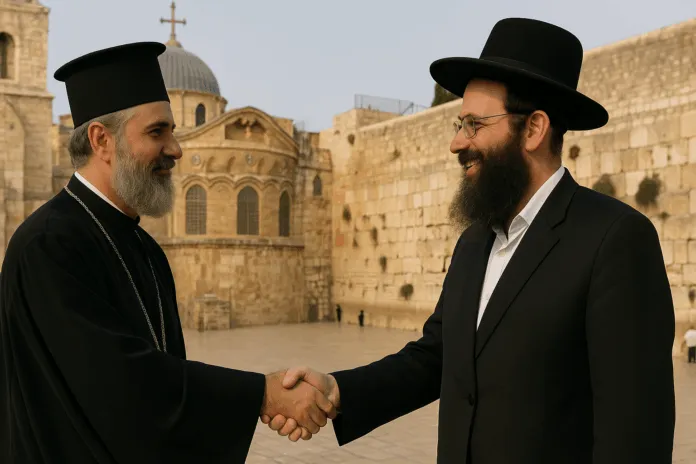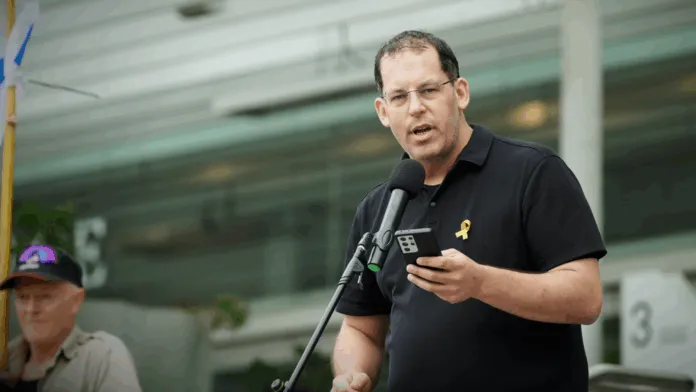Table of Contents
What’s happened: Israel’s Defence Minister, Yoav Gallant, has told reporters that Hamas no longer exists as an organised military force after 11 months of combat operations in the Gaza Strip.
- Briefing the foreign press, Gallant said: “Hamas as a military formation no longer exists. Hamas is engaged in guerrilla warfare and we are still fighting Hamas terrorists and pursuing Hamas leadership.”
- Gallant also said that conditions were “ripe” for the first phase of a ceasefire deal with Hamas which would result in a six-week pause in fighting and partial withdrawal of Israeli troops in return for the release of female, young (under-18), elderly, or unwell hostages. Gallant however did not commit to permanently ending combat operations in Gaza.
- These comments come as Secretary of State, Antony Blinken, confirmed that the US was working closely with Qatar and Egypt to “to bridge any remaining gaps” between Israel and Hamas and that a new proposal framework would be put to both parties “very soon”.
- Speaking at the same London press conference as Blinken, British Foreign Secretary, Lammy, confirmed “there can be no role for Hamas going forward”, seemingly aligning with Israel’s post-war governance vision for Gaza.
- Bloomberg reports that Israel had offered Hamas leader, Yahya Sinwar and his family, safe passage out of Gaza in return for the release of all hostages held by the group. It is unclear what Hamas’s response to this offer has been.
- The offer was reportedly made by Gal Hirsch, the Israeli government’s special envoy for hostages. During a visit to the US, he told Bloomberg that Israel is “ready to provide safe passage to Sinwar, his family, whoever wants to join him… we want the hostages back… we want demilitarisation, de-radicalisation of course – a new system that will manage Gaza.”
- Despite US optimism on the prospects for reaching a ceasefire agreement – Blinken last week claimed that over 90 per cent of outstanding issues had been agreed on – significant obstacles remain, including the presence of Israeli troops in the Philadelphi Corridor.
- While the US is blaming Hamas for the lack of progress on negotiations, Egypt and Qatar have reportedly taken the opposite view and considered issuing a joint statement condemning Israel “for the failure of the contacts”.
- The IDF released footage of the tunnel where Hersh Goldberg-Polin, Eden Yerushalmi, Ori Danino, Alex Lobanov, Carmel Gat, and Almog Sarusi were held by Hamas before their executions. This tunnel was approximately 700 metres from where Farhan al-Qadi was rescued by Israeli special forces days earlier, and was described by the IDF as having one of its shafts opening “in a children’s room in a house”.
- In the north, the IDF and Hezbollah continue to exchange fire as tensions on the Israeli-Lebanese border show little sign of abatement. Forty-five rockets were fired at Israel from Lebanon on Tuesday, targeting Mount Meron and the Western Galilee. Some were intercepted by air defence systems, and no injuries were reported. A number of drones were also launched at northern Israel later in the evening.
- The IDF has responded with a series of counter-strikes on southern Lebanon targeting rocket launchers at at-Tiri and Mansouri, and a building used by Hezbollah in Rachaf.
- Combat operations continue in Gaza Strip, with two Israeli soldiers killed in a helicopter crash in Rafah when it impacted the ground instead of touching down correctly.
Context: The release of the footage from the tunnels in Rafah has sharply brought home to both the political leadership and the wider Israeli public the terrible conditions under which the hostages still alive are being held – airless, dark and humid tunnels too low to even stand up in.
- In a potential sign of growing public disillusionment with the Prime Minister’s policies, a conversation was leaked between Netanyahu and Ori Danino’s father, a Shas-voting Rabbi (who would generally be thought of as part of Netanyahu’s natural voting constituency). “Stop dealing with gathering Knesset seats,” Danino tells the PM. “This all happened on your watch. My son was murdered in a tunnel that you built on your watch [by allowing funds and dual-use materials into Gaza]. Forgive me, forgive me. You’ve been in power for many years. Very many. The concrete and the dollars went in [to Gaza] on your watch.”
- While the government traditionally claimed that military pressure helped bring about the release of hostages, the recent executions in the Rafah tunnel have led the IDF to alter operational plans.
Looking ahead: Israeli security officials are increasingly turning their attention towards Hezbollah.
- In one of the strongest indications of a potential Israeli incursion into Lebanon, Defence Minister Gallant told troops that the IDF was shifting its focus from Gaza to the northern front, and that they should prepare for a ground offensive there.
- Addressing troops, he said “The centre of gravity is moving to the north, we are nearing the completion of our missions in the south, but we have a task here that has not been carried out, and this mission is to change the security situation and return the residents to their homes”.
- He also confirmed that “We are finishing training the entire order of battle for a ground operation [in Lebanon], in all its aspects”, strongly implying that the IDF is increasing its readiness for combat operations against Hezbollah in Lebanon.
- Speaking at the Middle East America Dialogue (MEAD) summit, an unnamed senior American official warned of the “catastrophic and unforeseen consequences” of a war between Israel and Hezbollah in Lebanon, saying that thousands, or even tens of thousands, of people could be killed if the tensions escalated into an all-out war, along with heavy damage to both Israeli and Lebanese infrastructure.
This article was originally published by the Britain Israel Communications and Research Centre.









